Many areas have serious water shortages.
According to the leaders of the Department of Natural Resources and Environment, the province's surface water resources mainly come from rainwater stored in the two river systems of Da and Ma. Underground water exists in two main forms: the Karst fissure aquifer distributed over an area of about 140,000km2 and the porous aquifer over an area of about 172km2.
Due to the rugged, complex and strongly divided mountainous terrain, there is sometimes an excess of water causing floods, sometimes a lack of water causing droughts, in some places a serious lack of water causing many difficulties for production and people's daily life. In particular, in the context of climate change (CC) that is taking place more and more strongly, the situation of water shortage in the dry season is becoming more and more serious, many rivers and streams are dry.
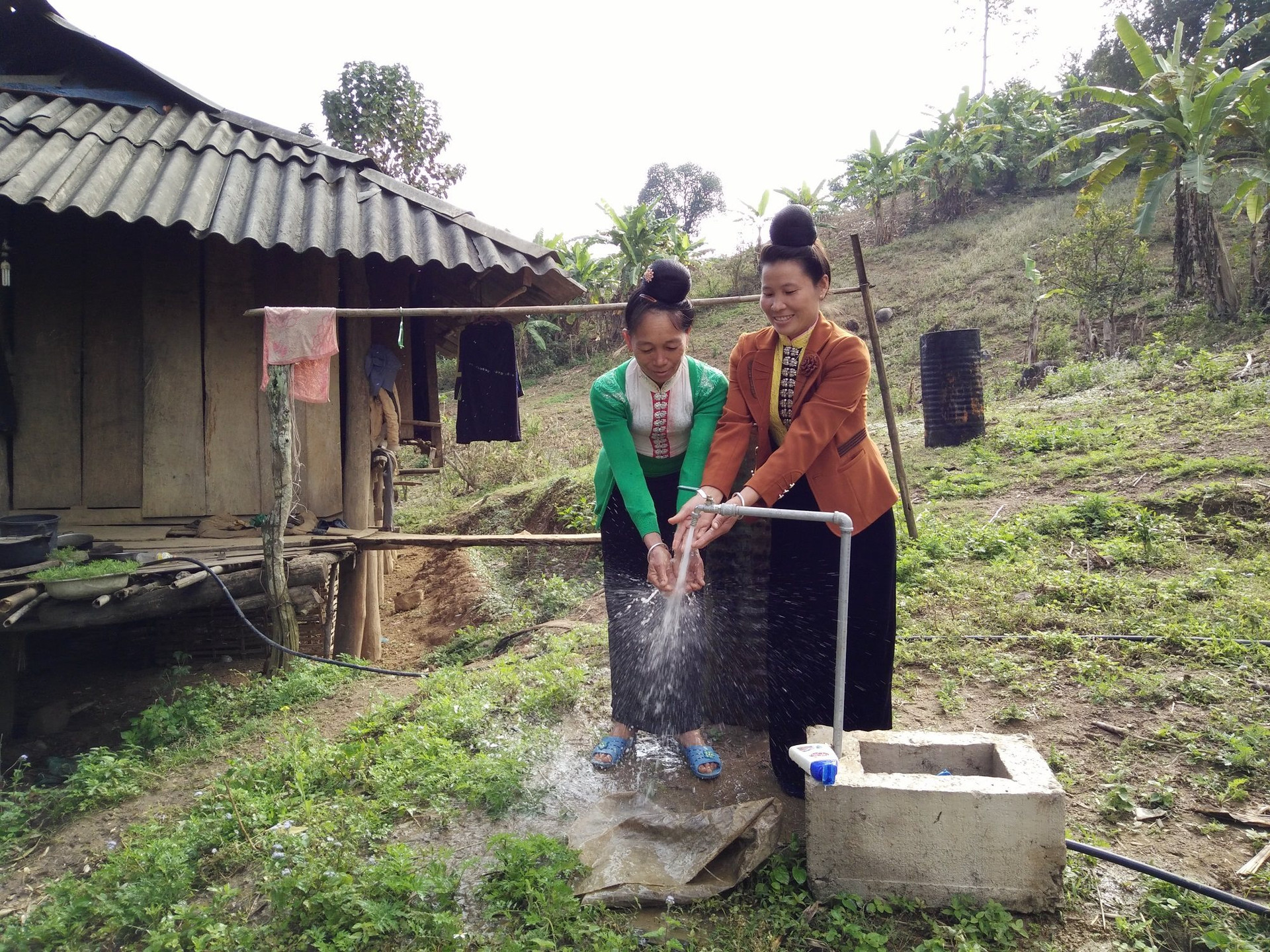
Over the years, the Rural Clean Water Program has built many self-flowing water supply works for people in the highlands. However, many works have been seriously damaged, no longer able to supply water, have no funds for repairs or have stopped operating due to depleted water sources. In Decision No. 900/QD-TTg of the Prime Minister dated June 20, 2017 approving the list of extremely disadvantaged communes, border communes, and safe zone communes for investment in Program 135 for the period 2017 - 2020, in Son La province, there are 118 extremely disadvantaged communes for investment, of which 20 communes are extremely short of domestic water in 9 districts.
In addition, according to the investigation results of the National Center for Water Resources Planning and Investigation, in Muong Lum commune (Yen Chau), Nam Ty (Song Ma), To Mua (Van Ho), there are no centralized water supply works, people are exploiting water sources mainly from surface water sources mainly from streams in the commune, ponds, wells and rainwater. In the dry season, there is little rainfall so the streams often run out of water, the number of people lacking water in the area accounts for about 65%.
To find a solution for stable and sustainable water supply for people, from September 2021 to December 2022, Son La province has implemented a study to identify water sources and solutions for domestic and agricultural water supply for water-scarce areas in the province. This task is implemented by the Institute of Hydrology, Environment and Climate Change (Water Resources University). The scope of the research focuses on 20 communes in water-scarce areas in 9 districts.
Regional solutions
Deputy Director of the Department of Natural Resources and Environment Le Thi Thu Hang said: After more than 1 year of research, the research team has provided a scientific basis for assessing the distribution and potential of water resources, the impact of geographical, natural, socio-economic and environmental factors on surface water and groundwater resources.
At the same time, the forecast of incoming flow is assessed using the SWAT rainfall-flow model in sub-regions, taking into account the impact of climate change. From there, the reserve, quality, and amount of exploitable groundwater for water-scarce areas are determined... The calculation method is scientific, reliable enough, based on survey data, hydrometeorological data for calculation, the calculation results are based on actual measured data to calibrate and verify the model.
According to the research results, the average water resources of disadvantaged communes are 0.075 billion m3. Co Tong (Thuan Chau) is the commune with the smallest water resources, Nam Gion (Muong La) is the commune with the largest water resources among the 20 extremely disadvantaged communes. The research team has developed a set of criteria on water resources, management, and exploitation to ensure domestic water sources for daily life and agriculture in areas lacking water. From there, technical solutions are proposed to effectively manage and exploit water resources.
Based on the consideration of criteria to ensure water resources, economy, society, and environment of particularly difficult communes, the research team proposed technical solutions for water resource management and exploitation, including: Model of collecting and exploiting surface water sources in the form of self-flowing water through water collection tanks (wells); Model of collecting and exploiting water sources from caves and streams; construction of hanging lakes to collect surface water sources and slopes...
The order of priority for construction of works to ensure sustainability in the communes is as follows: Hong Ngai, Chieng Lao, Pi Toong, Huy Tan, Muong Sai, Long Luong, Chim Van, Lang Cheu, Chieng Muon, Hua Trai, Nam Gion, Sam Kha, Ta Bu, Dua Mon, Chieng Tuong, Hua Nhan, Nam Ty, Bo Muoi, Co Tong, Chieng Dong.
Accordingly, in areas without underground sources and without natural water supply, the solution of centralized rainwater collection works will be applied. In areas with surface water sources from caves and streams, depending on the difference in water level in the cave and the surface terrain, suction or push pumps will be used, or dams can be built to block the cave flow. In areas with large rainwater sources and steep slopes, water storage works using reservoirs can be built.
Based on the results of the tasks, the Department of Natural Resources and Environment has requested the People's Committees of 9 districts in the Project area to study and develop an implementation plan; propose rural domestic water supply works applying technology, technical solutions for water management and exploitation that have been accepted in the results of scientific tasks in the communes within the scope of the study. Continue to review and assess the urgency, need for water exploitation and use in the communes in the list; propose investment and implementation solutions based on the exploitation and use of project results.
Source






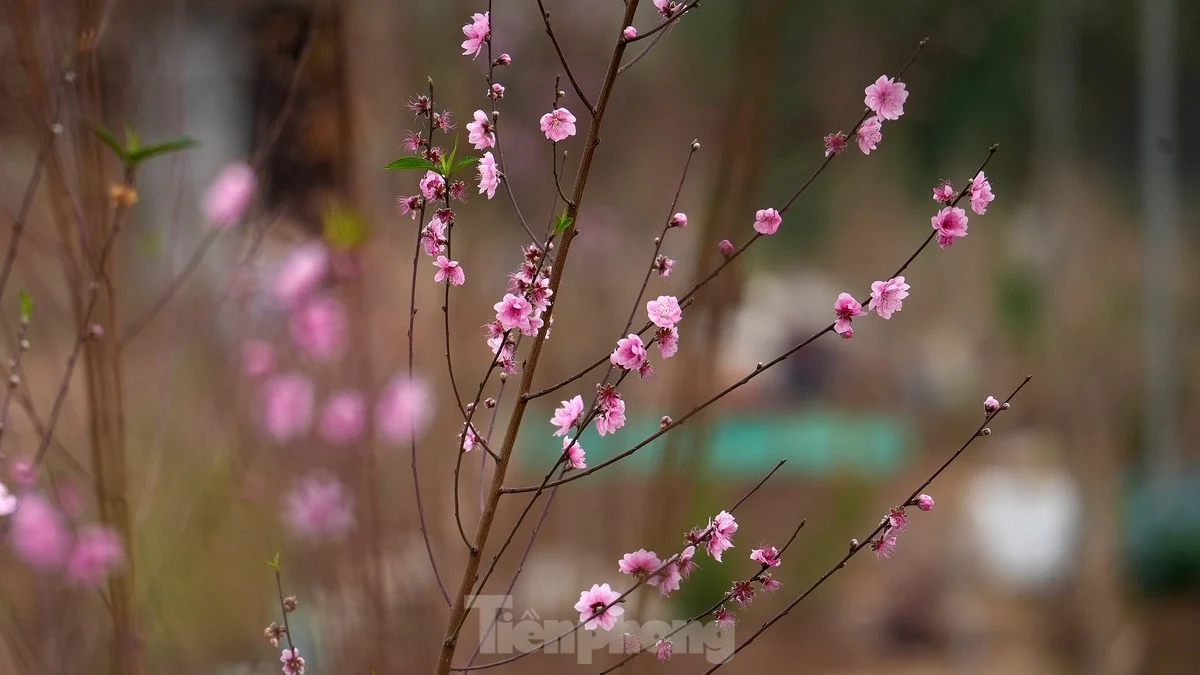























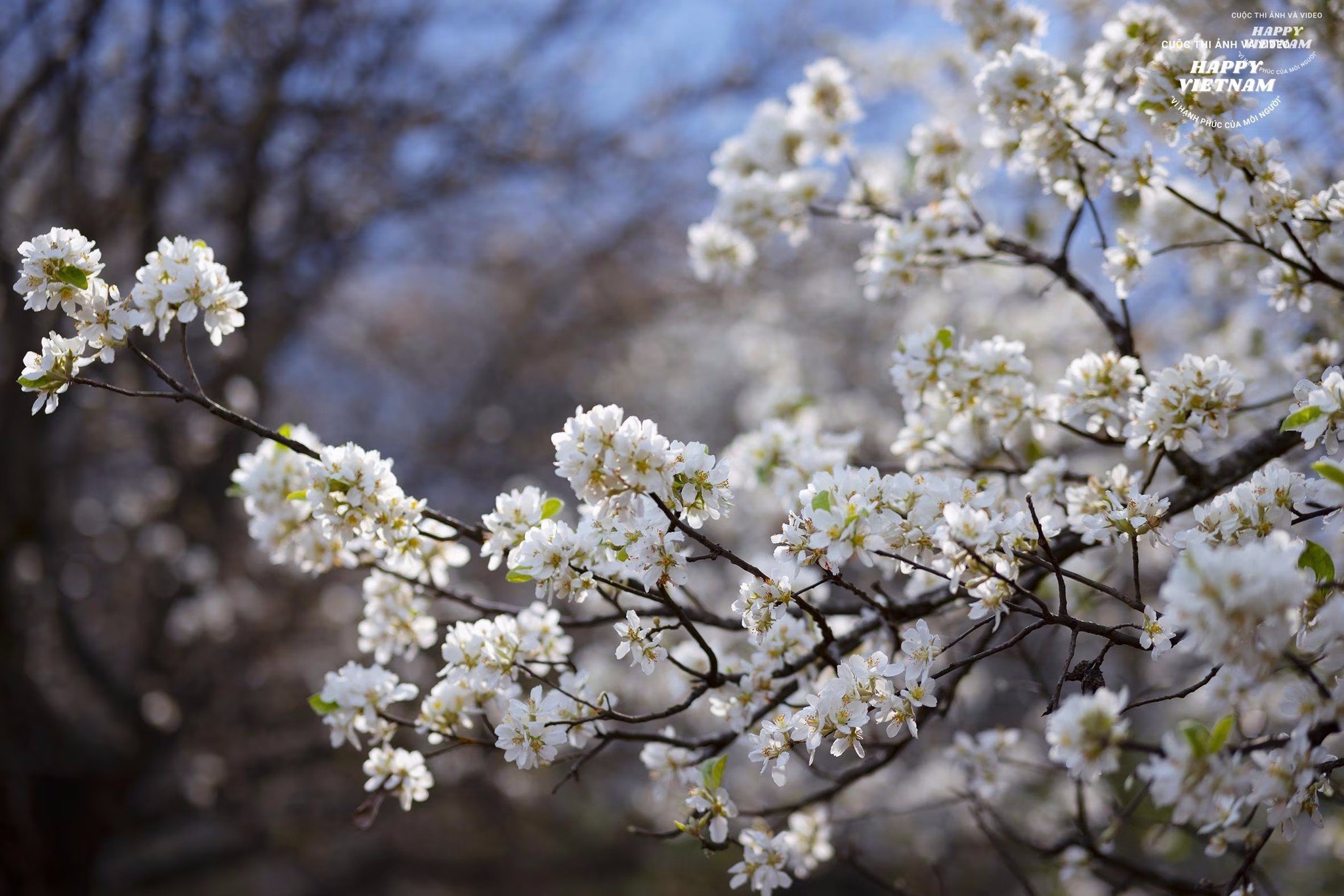

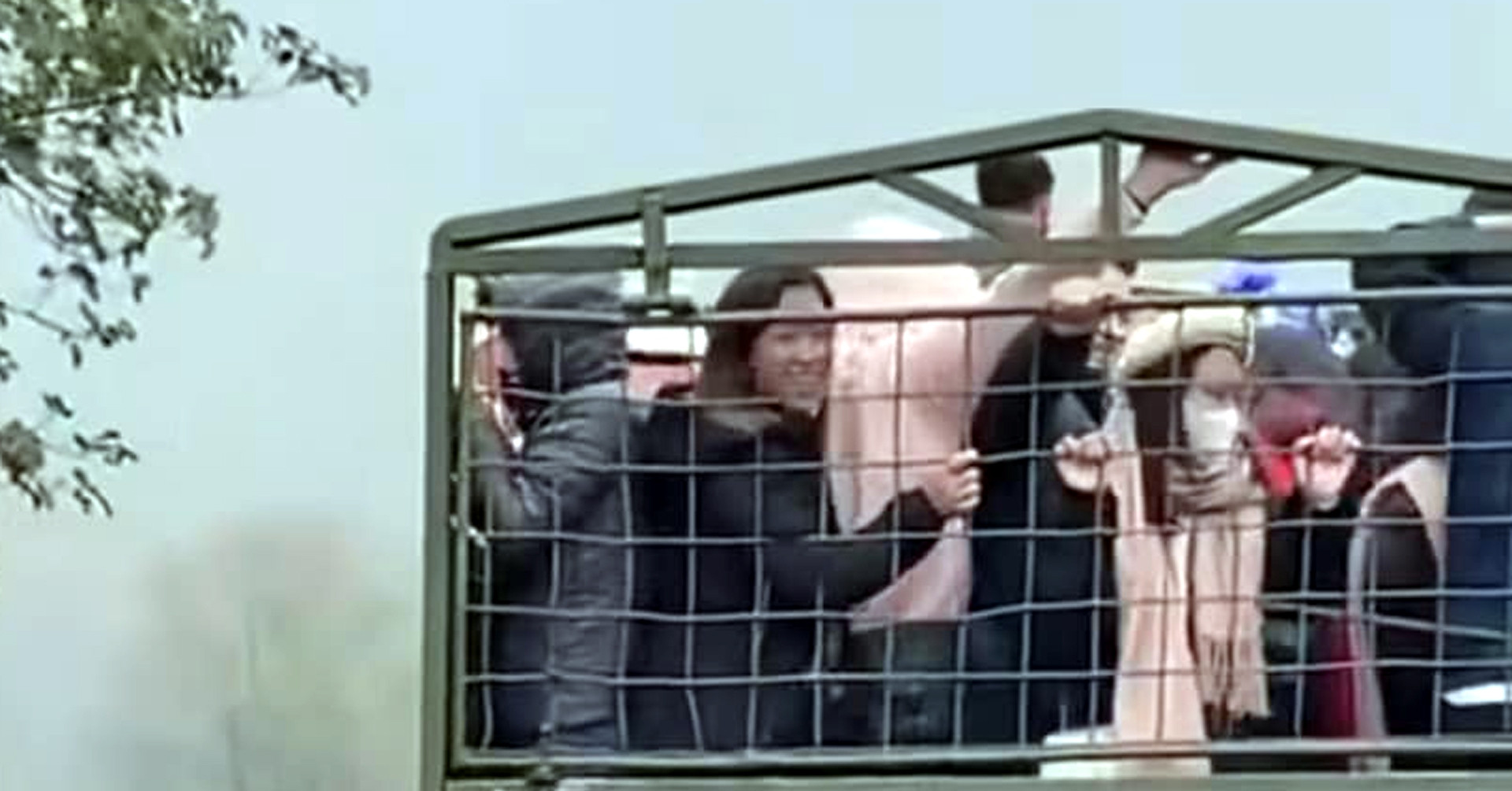

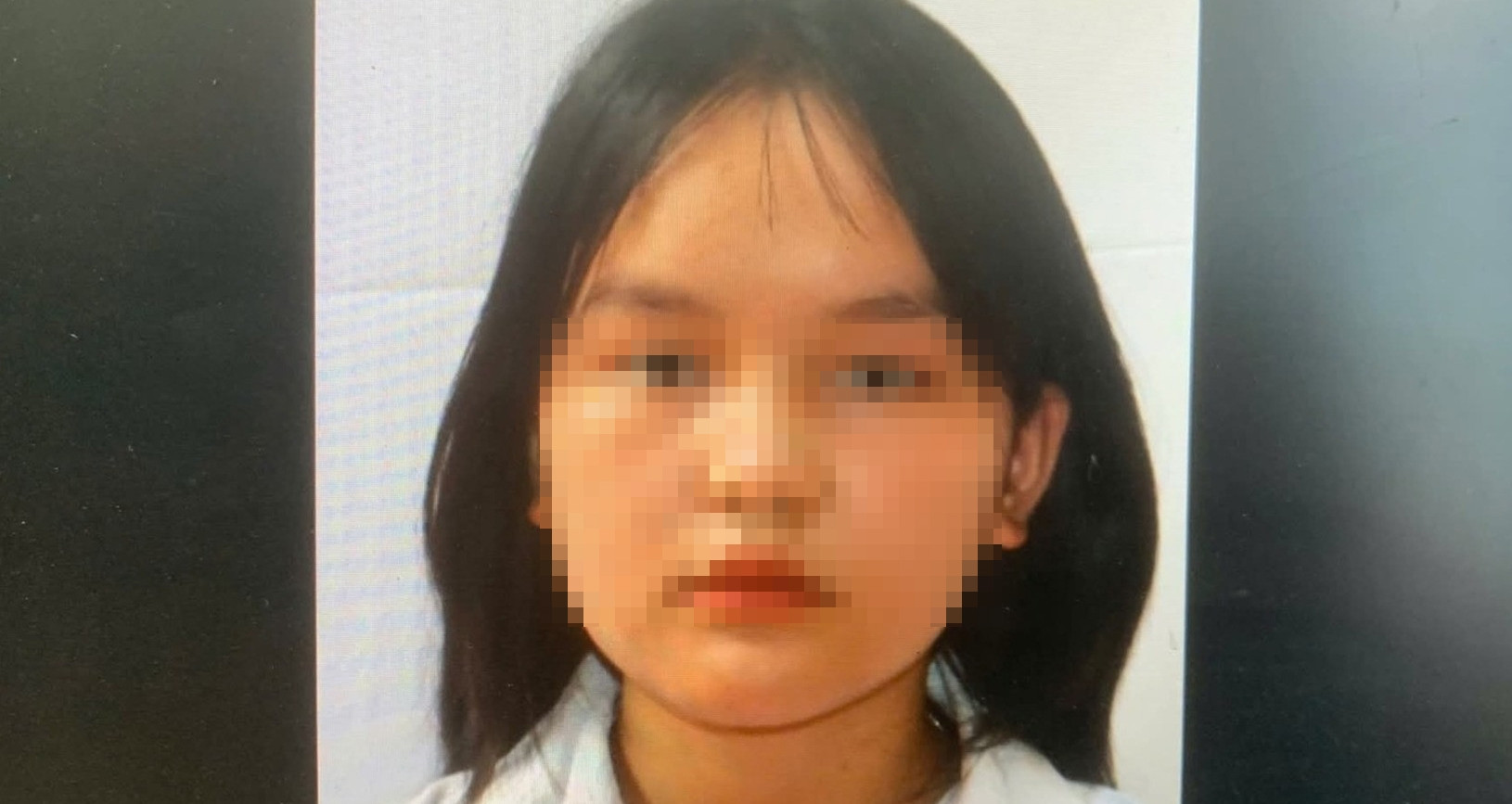
![[Photo] Early Spring, Immerse Yourself in the "White Fairyland"](https://vstatic.vietnam.vn/vietnam/resource/IMAGE/2025/2/6/0a9040600ea0409b9886edadfd80731b)

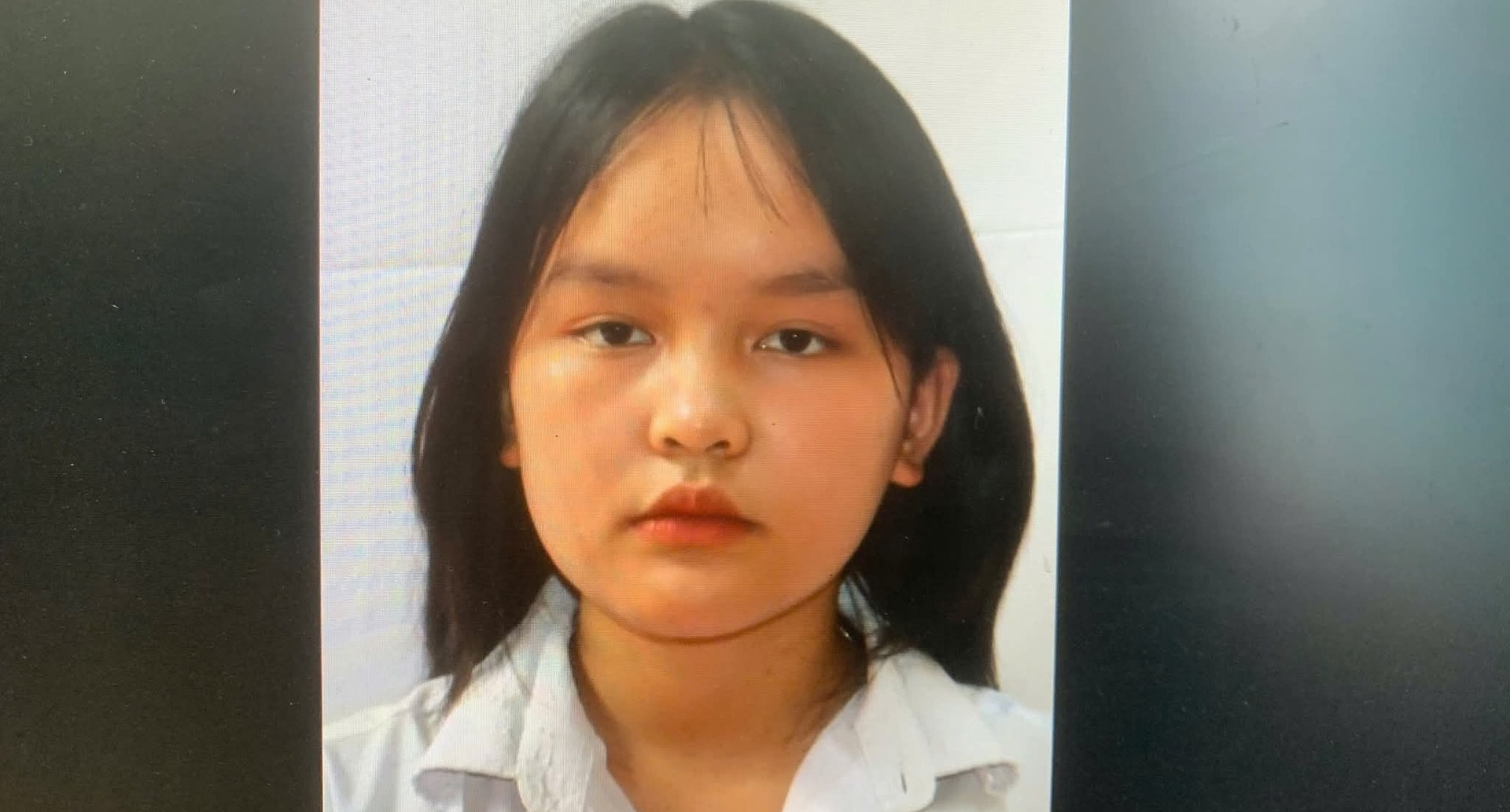
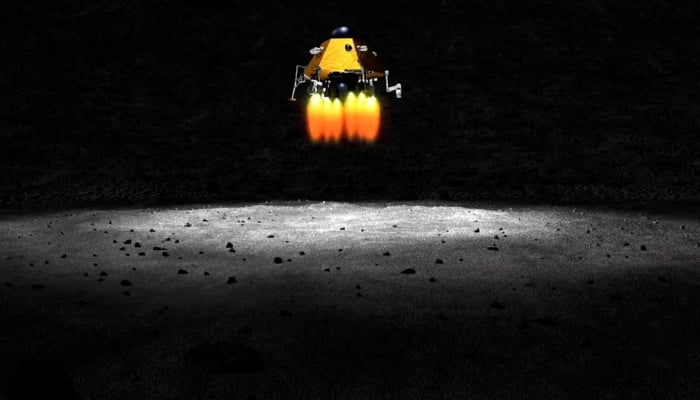

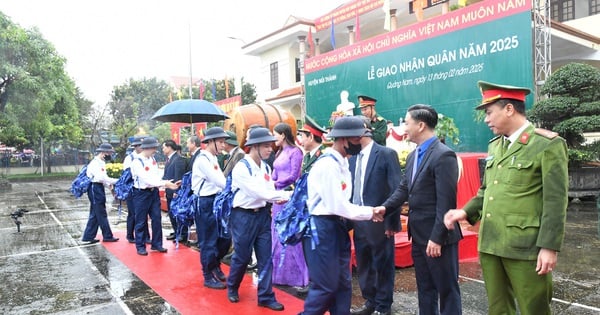

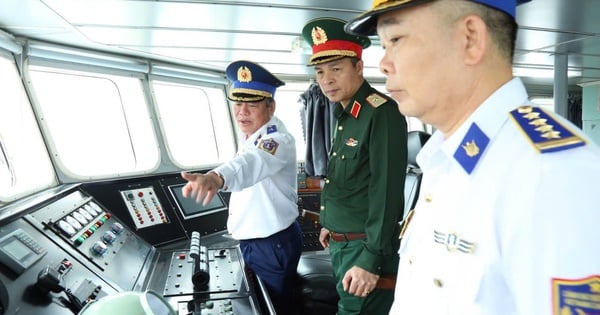
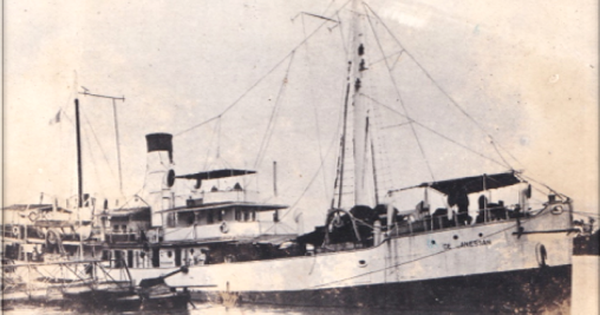
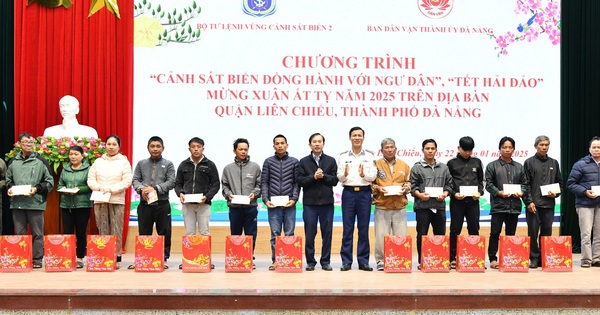
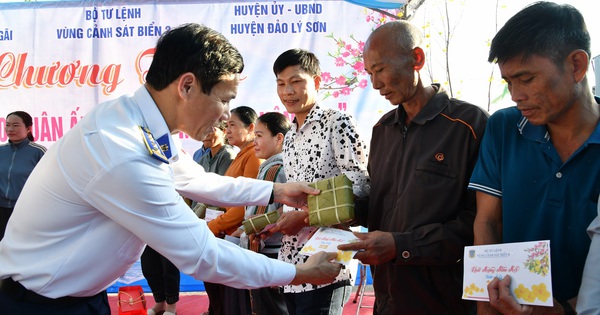
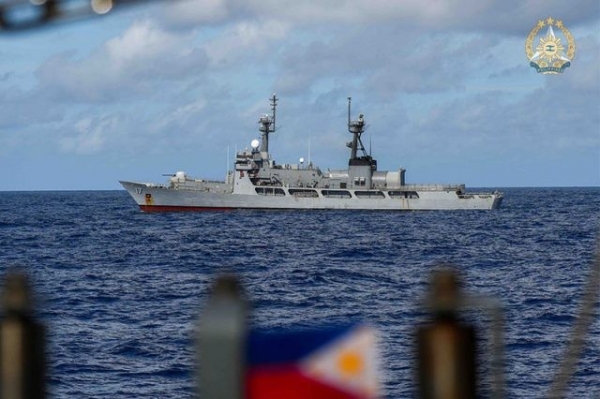

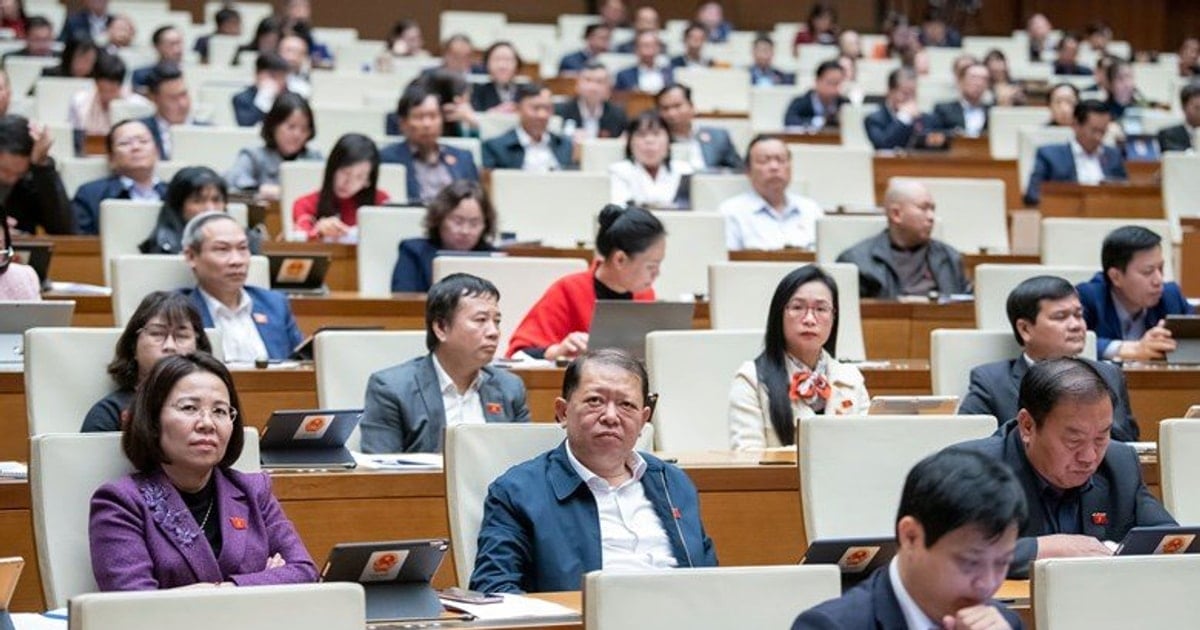
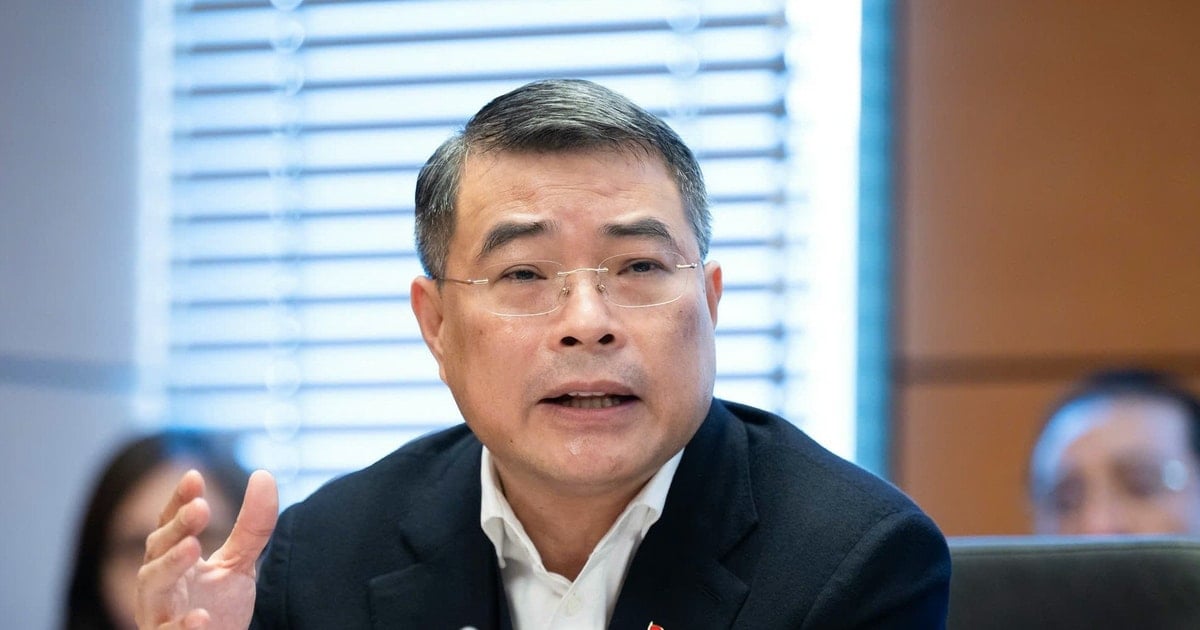
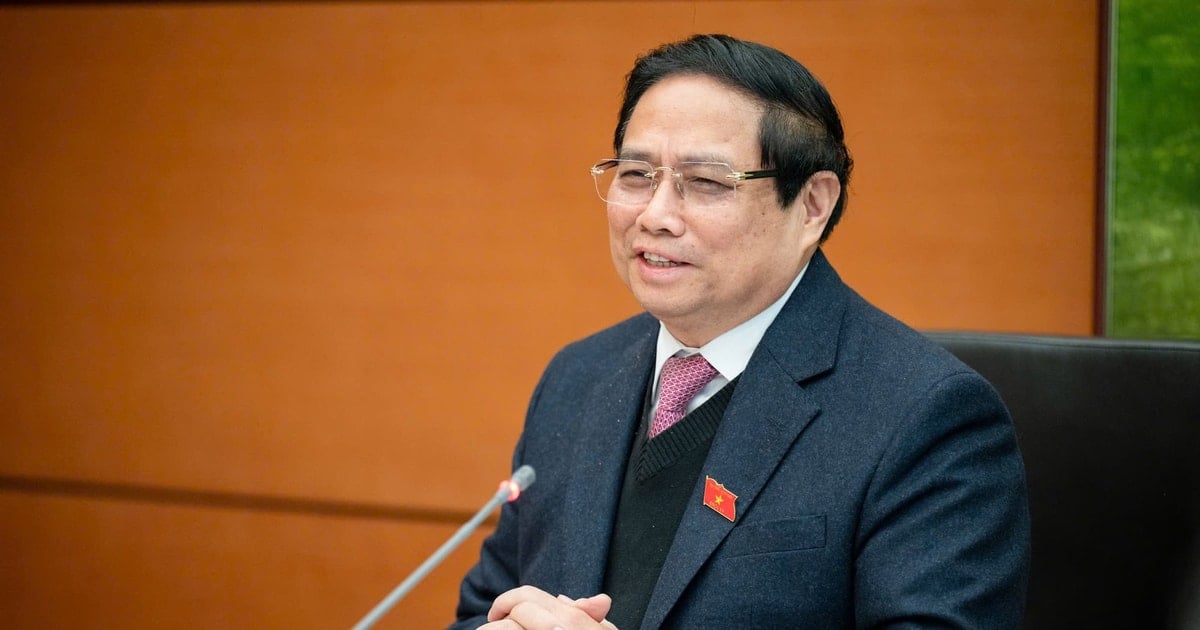
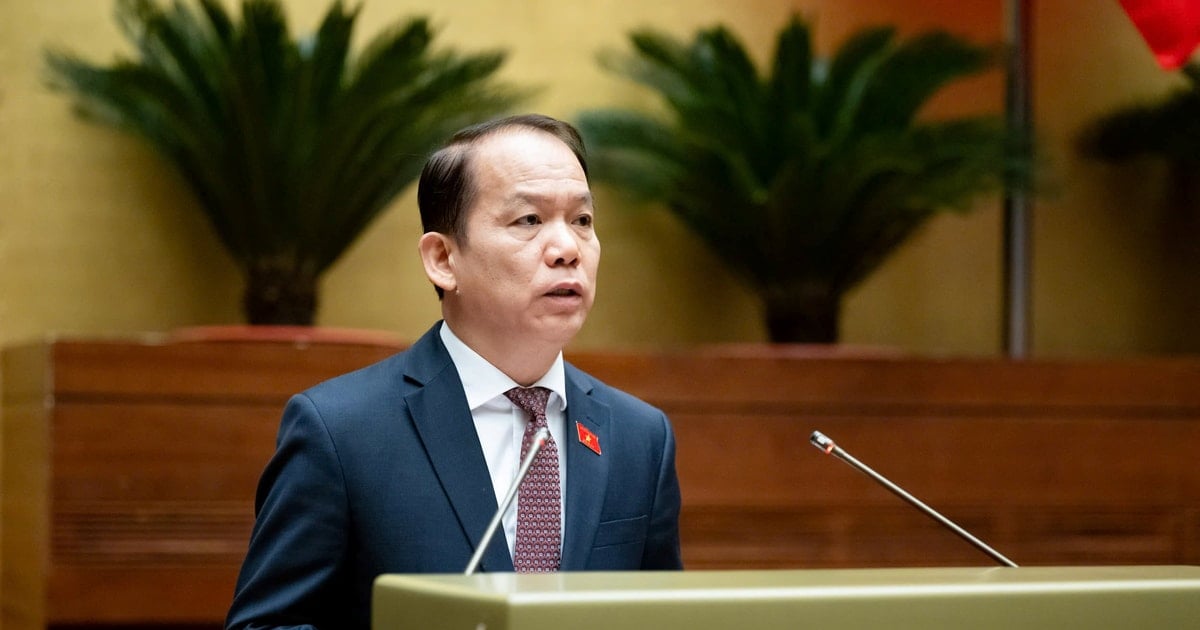
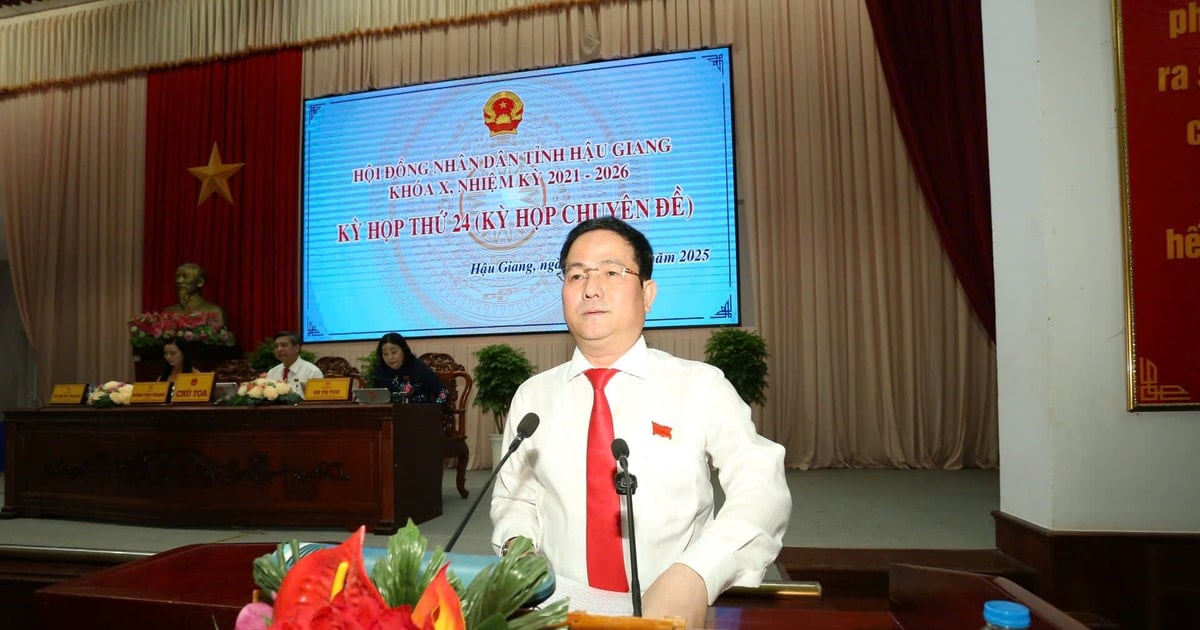
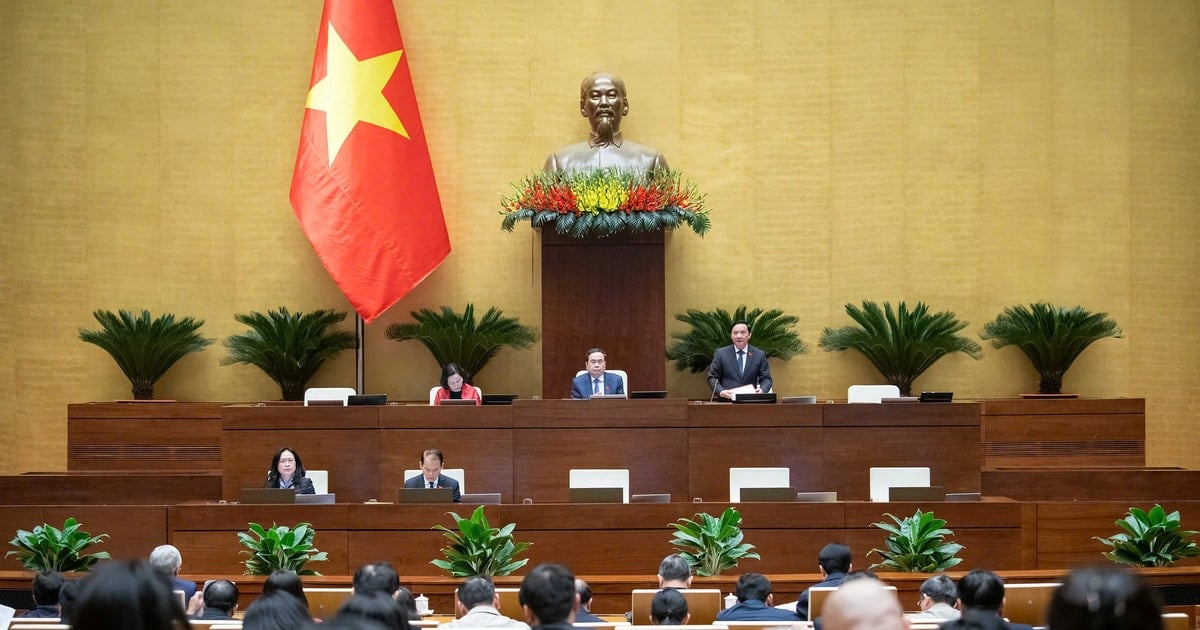
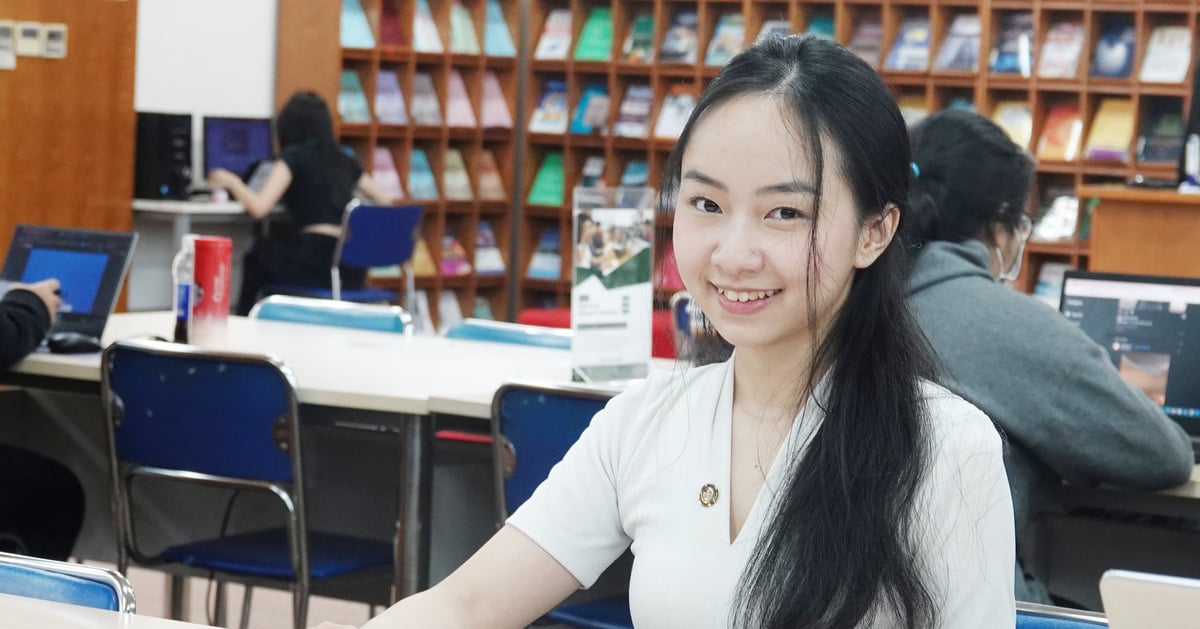

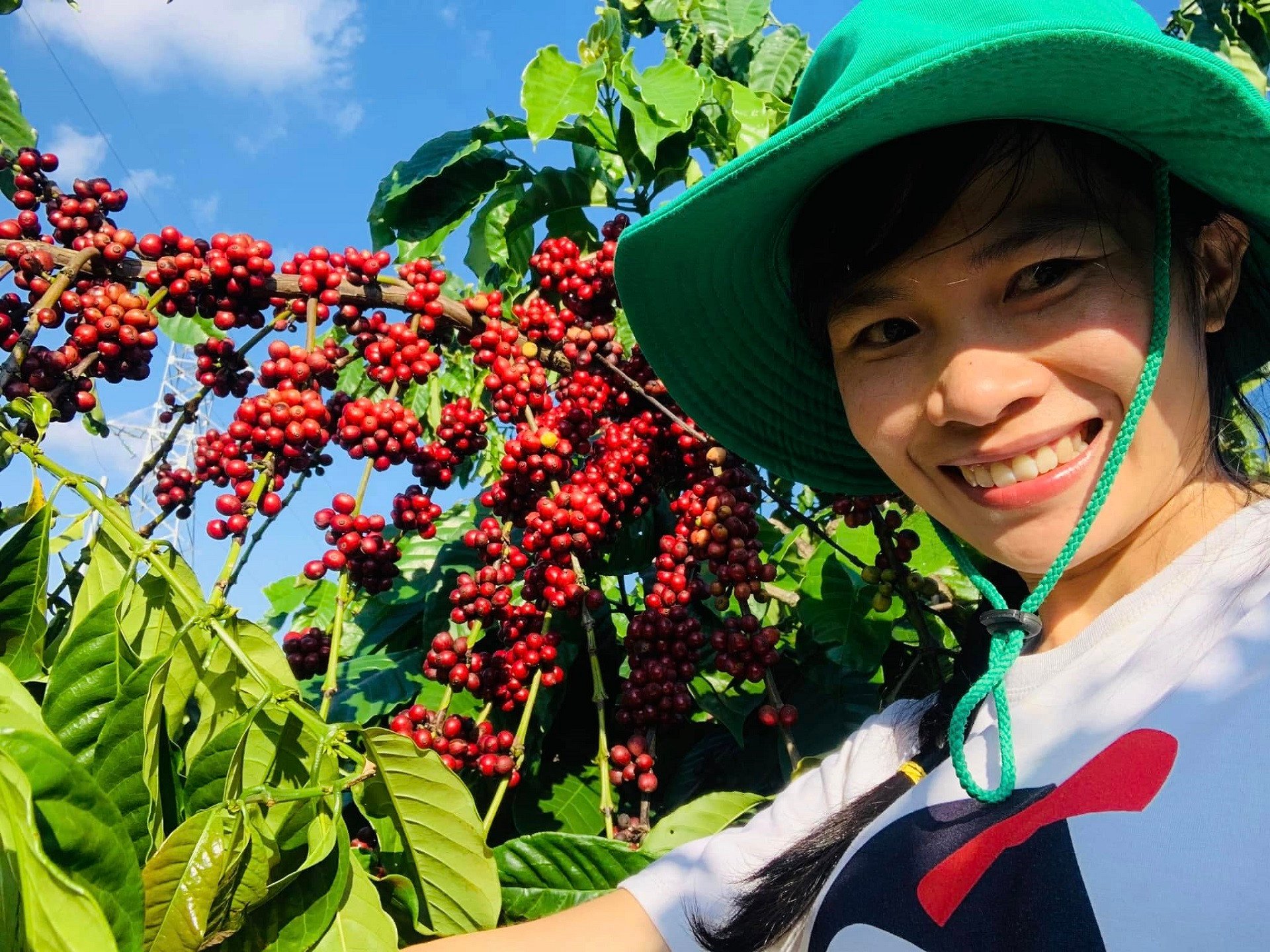
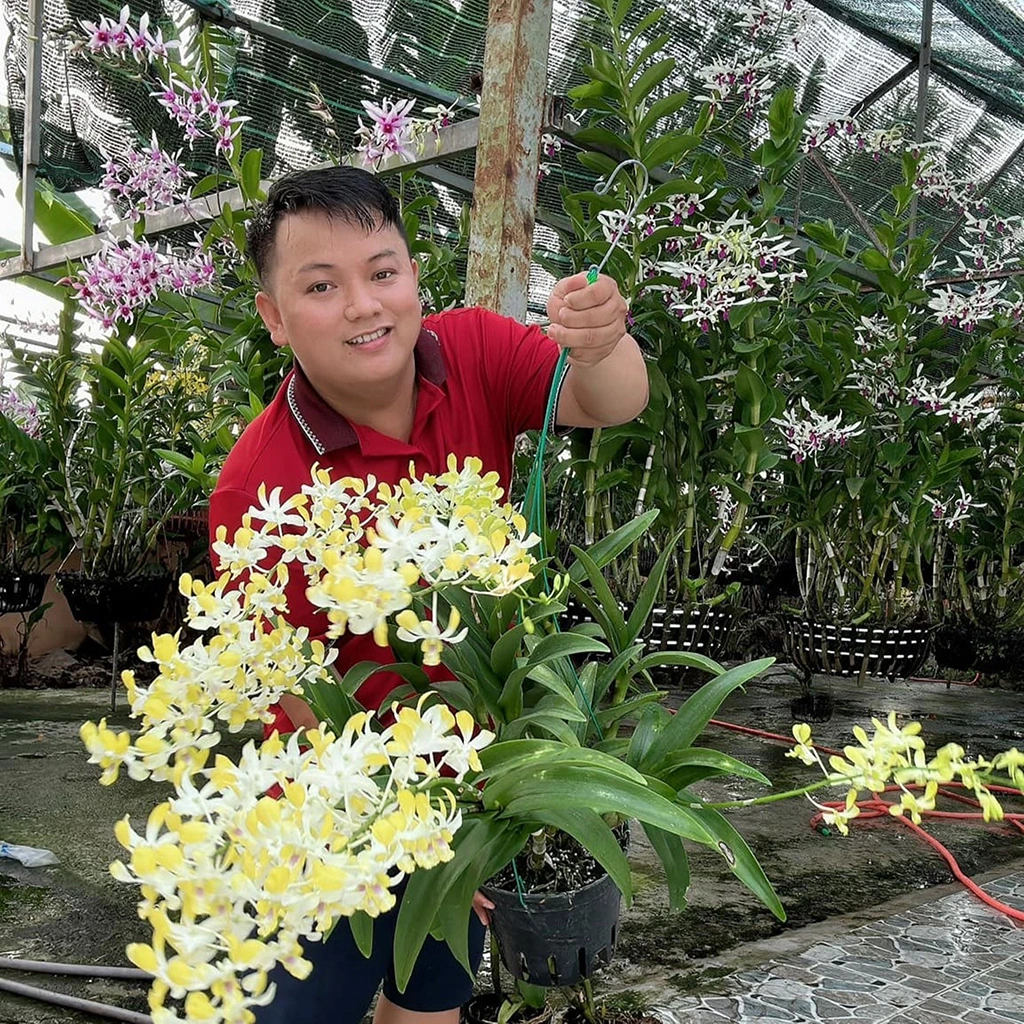



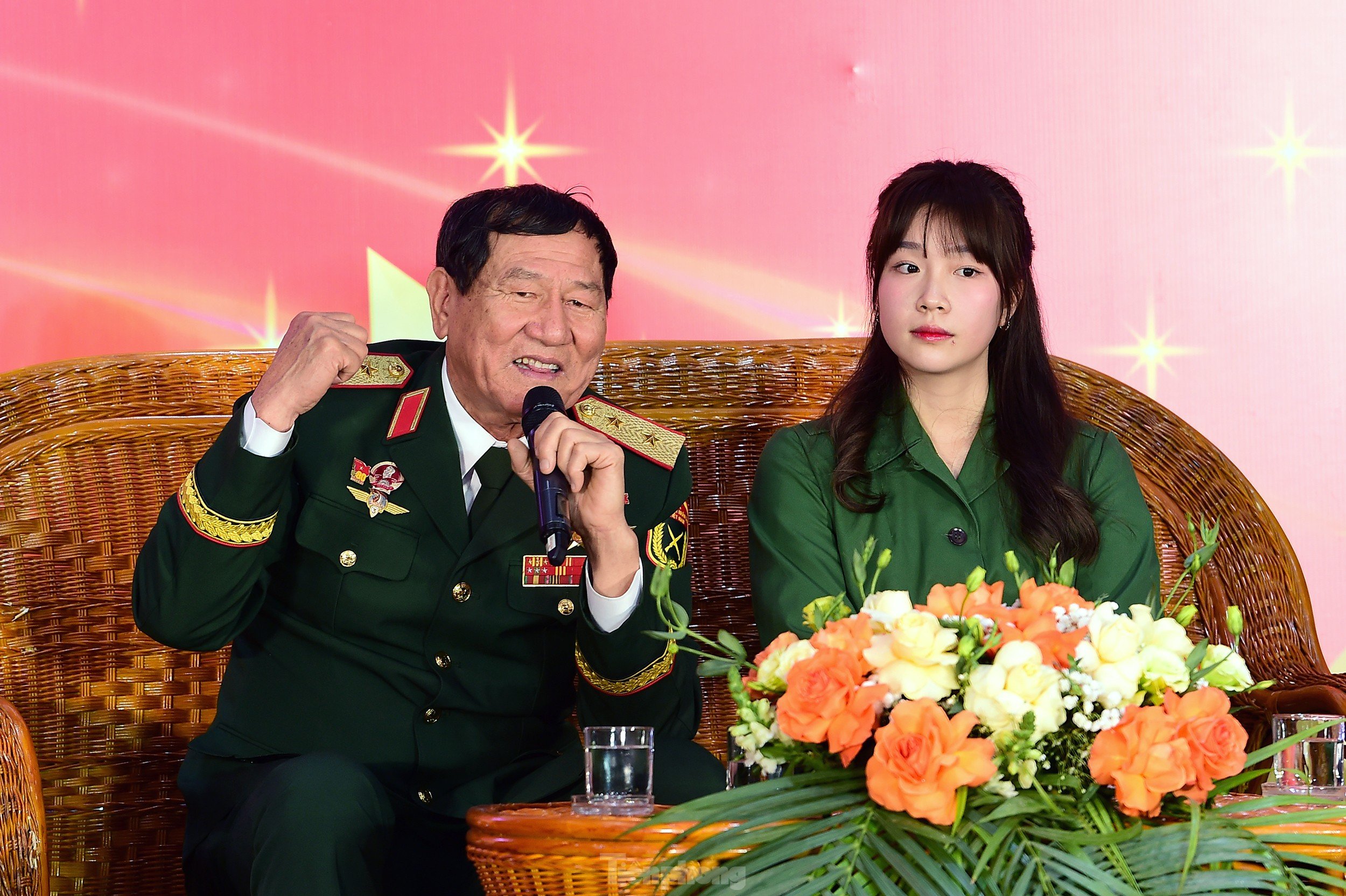





Comment (0)